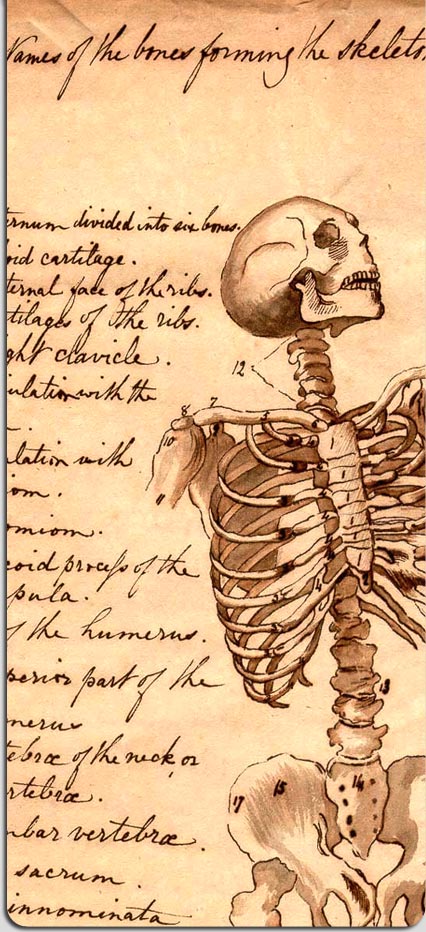Hope, Damned Hope, and Statistics
So I’m watching this trailer for this documentary called “39 Pounds of Love,” , about a 42 year-old man with Spinal Muscular Atrophy Type 2 , whose doctor had predicted he would die by age 6. He’s now an animator, weighs 39 pounds, and goes in search of this doctor. From the trailer, I get the sense that he’s out to tell off the doctor for giving him such a grim prognosis. I don’t know if it’s how the story goes, but if it is, it surely isn’t fair.
As doctors, we’re in a predicament: taking away someone’s hope is, in my opinion, a mistake that I hope I never make, but probably will. At the same time, false hope is maybe worse. I try to remain cautiously optimistic, especially when things take a turn for the better. In fact, initial studies suggest that doctors are way too optimistic: one study found that doctors over-predicted prognosis by 5 times –so that in terminally-ill patients given, say, 10 months to live, they only lived about two.
This kind of makes sense–sunny-side up people are probably going to be more attracted to medicine than half-empty folks. Doctors like to
imagine
believe that we can truly fix every patient–or at least help them.
So especially in a condition as rare as Spinal Muscular Atrophy (4 cases per 100,000), especially back in the 1960s (there are 190 papers on it in Pubmed from 1900-1960, and only 40 in English), I don’t think the doctor was a bad doctor, or intentionally hopeless. If anything, if we believe the studies on prognostication, he was probably a little too optimistic.
